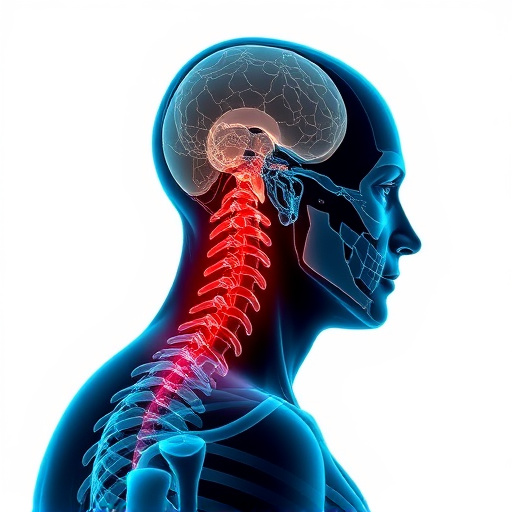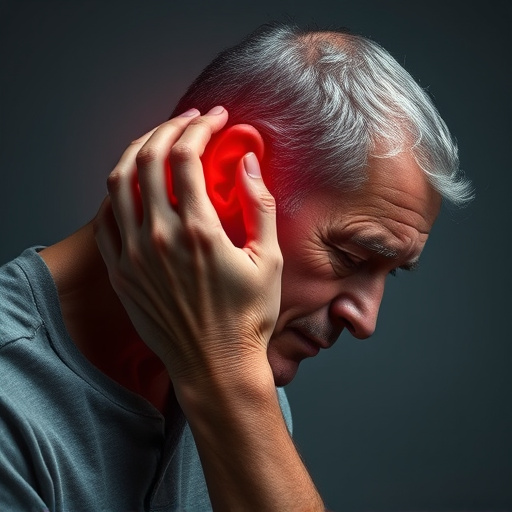Auto injury assessment is a critical process for accurately determining the extent of harm after an accident. It involves reviewing medical history, conducting diagnostic imaging, and administering specialized tests to categorize injuries as minor or major. Minor collisions typically result in mild injuries like whiplash, requiring conservative treatments, while major accidents can lead to severe injuries such as fractures or TBI, necessitating immediate medical attention and specialized care. The assessment guides personalized treatment plans, compensation, and fair reimbursement based on the severity of the collision, ensuring both short-term relief and chronic pain management for all accident victims.
Auto injury assessments play a pivotal role in determining compensation in collision cases. Understanding how these evaluations differ between minor and major accidents is crucial for both victims and insurance companies. This comprehensive guide explores the factors that shape auto injury assessments, focusing on severity levels and key considerations. By delving into these aspects, we aim to provide insight into the complex process of evaluating and compensating for auto accident injuries across varying collision scenarios.
- Understanding Auto Injury Assessment: A Comprehensive Overview
- Minor vs Major Collisions: Impact on Injury Severity and Evaluation
- Key Factors in Assessing Compensation for Auto Accident Injuries
Understanding Auto Injury Assessment: A Comprehensive Overview

Understanding auto injury assessment is paramount for both victims and professionals alike. It’s a comprehensive process that involves meticulously evaluating physical injuries, symptoms, and overall functioning post-collision. This assessment goes beyond surface-level observations, delving into detailed medical histories, diagnostic imaging, and specialized tests to pinpoint the extent of harm. The outcome guides personalized treatment plans aimed at back pain relief, joint pain relief, and overall recovery.
Auto injury experts use a multi-faceted approach, considering not just immediate physical trauma but also long-term health implications. This holistic view is crucial for accurately categorizing cases as minor or major, shaping the course of medical care, and ensuring victims receive appropriate compensation. A thorough auto injury assessment is therefore a cornerstone in navigating collision cases effectively.
Minor vs Major Collisions: Impact on Injury Severity and Evaluation

In auto injury assessments, distinguishing between minor and major collisions is crucial as it significantly impacts the severity of injuries sustained. Minor fender benders typically result in minimal damage to vehicles and often do not cause significant harm to occupants. Such incidents may lead to minor whiplash, slight muscle strains, or bruises, which can be effectively managed through conservative treatments like rest, physical therapy, and over-the-counter pain relievers. In contrast, major collisions involving high speeds, severe deformation of vehicles, or multiple vehicles often result in more critical injuries. These can include fractures, internal organ damage, traumatic brain injuries (TBI), and spinal cord injuries, requiring immediate medical attention and specialized care.
The evaluation process for auto injury assessment differs accordingly. Minor collision cases may involve a quicker, less comprehensive examination focusing on immediate pain management and ensuring no hidden injuries. Personalized treatment plans are tailored to alleviate joint pain relief and facilitate rapid recovery. In contrast, major collision victims undergo thorough assessments, often including imaging scans, to identify all injuries, ranging from visible wounds to internal trauma. Sports injury recovery, a common concern among severe crash survivors, requires specialized rehabilitation programs addressing both physical and cognitive aspects of healing.
Key Factors in Assessing Compensation for Auto Accident Injuries

When assessing compensation for auto accident injuries, several key factors come into play. The severity of the collision is a primary indicator of potential damage and the extent of harm to those involved. In minor accidents, such as fender benders, assessments often focus on immediate medical needs like first aid and short-term pain management. This typically includes chiropractic care for neck and back adjustments, which can help alleviate acute discomfort and speed up recovery.
In contrast, major collision cases demand a more comprehensive evaluation. These incidents often result in complex and chronic injuries, including whiplash, spinal damage, or even traumatic brain injuries (TBI). The assessment process involves detailed medical examinations, diagnostic imaging, and consultations with specialists to determine the extent of long-term disability and necessary chiropractic treatment for chronic pain relief. This holistic approach ensures that victims receive fair compensation reflecting their unique circumstances and ongoing healthcare needs.
In assessing auto injuries, understanding the nuances between minor and major collisions is crucial. While minor accidents may result in fewer immediate physical impacts, their effects can still be significant. Conversely, major collisions often lead to more severe injuries, but a thorough auto injury assessment considers all factors, including secondary impacts, psychological trauma, and long-term recovery. By examining these aspects holistically, professionals can ensure fair compensation for victims across both minor and major collision cases.














